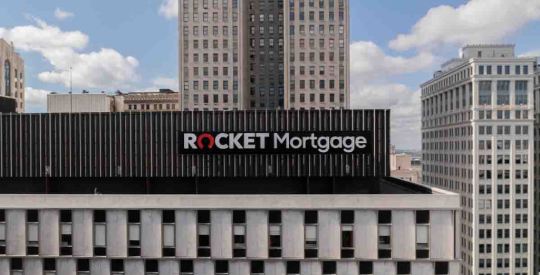The homeownership rate for black Americans fell to 40.6% in the three months through June, the lowest level in the Census Bureau’s quarterly data going back to 1994, according to a government report on Thursday. It was the smallest share recorded for black households since the 1950 decennial Census when it was 34.5%.
The rate for black households in Thursday’s report dropped from 41.6% in 2018’s second quarter. It compares with a homeownership rate of 46.6% for Hispanics in the three months through June, which matched the year-ago number, and a 73.1% rate for white households, up from 72.9% a year earlier, according to the Census report.
After the 1968 Fair Housing Act banned discrimination in real estate practices, the homeownership rate for black Americans climbed steadily to a record high of 49.7% in 2004’s second quarter and stayed near that level for two years, according to Census data.
The downward trajectory began in 2007 when predatory home loans started going into default, sparking a financial crisis that spread across the globe as trillions of dollars in mortgage securities lost value.
While the overall U.S. homeownership rate fell from 68.4% at the beginning of 2007 to 64.1% in 2019’s second quarter – a drop of just over four percentage points – the decline for black Americans was much steeper. The rate went from 48% to 40.6%, dropping more than seven percentage points.
Studies by the Federal Reserve, the American Civil Liberties Union and others showed that black families were more likely to have high-cost and riskier mortgages in the years leading up to the foreclosure crisis, even if they could have qualified for conventional products.
Unscrupulous mortgage brokers and loan officers were known to exploit social networks in minority neighborhoods, sometimes using community or religious leaders to gain the trust of potential borrowers. They sometimes paid “feeders,” as the lead-generators were known, a few hundred dollars for every family member or friend they got to take out inferior mortgage products such as “exploding ARMs” – loans with rock-bottom introductory periods, typically lasting two years, that would then see their rates triple or quadruple. Except, of course, those unfavorable terms might be buried in the small print.
Alphonso Jackson, the secretary of the Department of Housing and Urban Development who resigned just before the dominos started falling in 2008, asked during a speech at a housing conference before the crisis, addressing his comments to the mortgage professionals in the crowd, "Do you read every page of a mortgage before signing it? I don't." He had lobbied, unsuccessfully, for reforms that would have limited the scope of the crisis.
Regulatory changes after the mortgage crisis required better disclosures to borrowers and banned many of the practices that led to the spike in foreclosures that caused the 2008 collapse of venerated Wall Street firms such as Lehman Brothers and Bear Stearns, the failure of banks such as Washington Mutual, and the government seizure of Fannie Mae and Freddie Mac.





